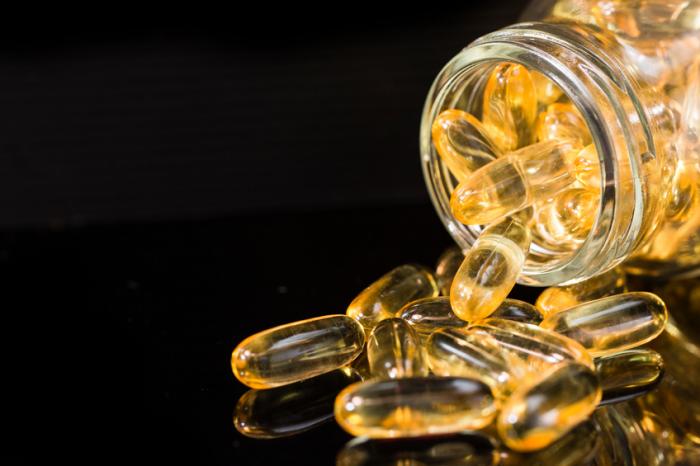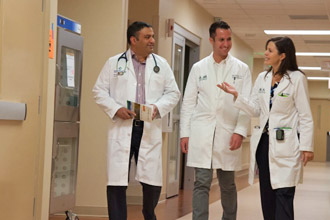Charley horse is a muscle cramp. It is an informal name used almost entirely in North America. The muscle cramping is sudden and painful. It is often healthy people who get a charley horse with exercise.
Muscle cramping can often happen to people in leg muscles at nighttime. Charley horse cramping is the same symptom happening with exercise.
Whether it is muscle cramping with exercise or muscle cramping at night, there is an overlap in causes and symptoms.
Nighttime cramping is not the same as restless legs. Restless legs are more of a general discomfort while cramping is more painful and sudden.
Contents of this article:
- Charley horse and muscle cramping symptoms
- Causes of charley horse
- Diagnosis and treatment
- Why are muscle cramps called charley horses?
Charley horse and muscle cramping symptoms
Charley horse is when cramps mean that muscles suddenly tighten up. This means pain and cramping up in the affected muscle. The calf muscle at the back of the lower leg is most commonly affected
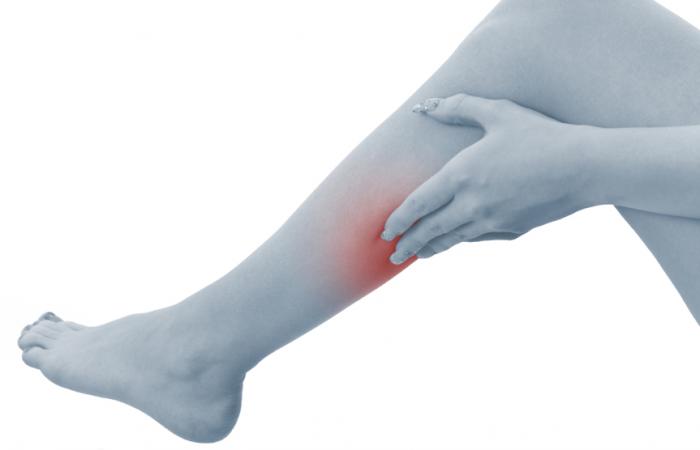
Leg cramps are very common, and many people will experience them at some point in their lives.
A charley horse suddenly happens as an uncontrollable spasm. The spasm is often brief, but can last up to several minutes, though no more than 10 minutes for most people.
Reviews of the medical knowledge about leg cramps all confirm that muscle cramps are very common. The Merck Manual says that almost everyone will experience muscle cramping at some point. Cochrane reviewers estimate that 1 in 3 people get cramps of the leg.
For most people, the muscle contracts painfully without lasting problems. For others, however, the cramps can be severely painful and leave some muscle pain for days.
Overall, doctors and medical scientists know that muscle cramps:
- Are common and usually have no disease behind them
- Happen more often in older adults and pregnant women, usually while their legs are at rest
- Are common if an athletic sport pushes muscle endurance
- Can also be related to medical conditions or use of prescription drugs
Causes of charley horse
For non-disease muscle cramps such as exercise-related charley horse, the exact cause is not fully understood. There are clues that these common cases are to do with a certain muscle nerve serving the leg.
Scientists are sure that it is the nerve supply to this muscle that is firing off during the painful squeezing up, rather than a problem within the muscle tissue itself.
One example of research on charley horse found that a muscle cramp involves the nerve going off at high rates – up to 150 electrical discharges every second. This forces the muscle into a tight squeeze.
Drugs and muscle cramps
Anyone who is taking prescription drugs and gets a problem with muscle cramps should get advice from a doctor or pharmacist. People should always go to a doctor before stopping a medicine that has been prescribed. Doctors may sometimes suggest changing a drug instead of stopping it.
Some of the drugs known to be sometimes associated with cramp include:
- Drugs used to remove excess fluid buildup in serious conditions
- Domperidone for stomach problems
- Donepezil (Aricept) for dementia symptoms
- Some asthma drugs when needed to be given straight into the blood – salbutamol or terbutaline
- Other drugs with similar ways of working such as beta-adrenergic agonists
- Blood pressure drugs called ACE inhibitors
- Telmisartan (Micardis)
- Celecoxib
- Pseudoephedrine for sinus and other problems
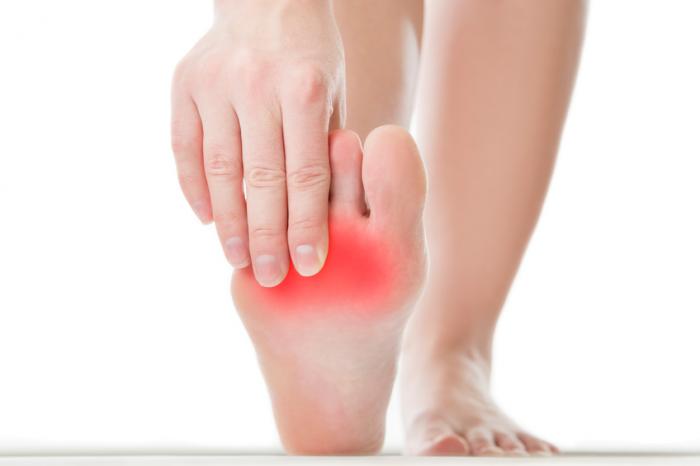
A number of common drugs can lead to charley horse.
The British National Health Service also list some of those drugs, and adds these:
- Statins used to tackle high cholesterol
- Raloxifene to help with a bone problem that can affect some postmenopausal women
- Nifedipine for angina or Raynaud’s disease
Other drugs may also be linked to cramps. The best thing for people to do is to take questions about prescription drugs to a pharmacist or doctor.
Some stimulant drugs are also associated with muscle cramps, including:
- Amphetamines
- Caffeine
- Cocaine
- Nicotine
Other risk factors and medical causes for muscle cramp
A serious problem with alcohol drinking can cause muscle cramping. Some medical explanations include the following as risks for muscle cramp:
- At-risk muscles in older adults
- Dehydration
- Salt or potassium imbalance
- Kidney disease
- Underactive thyroid gland
- Nerve disorders like neuropathy and motor neuron disease
Anyone with a medical condition who develops a problem with muscle cramps should see a doctor. The doctor can help see if this, or a treatment, might be related, and if there is an option for managing the cramps.
Diagnosis and treatment of charley horse
The main thing that doctors will do when seeing a problem with cramps is take a history. This means asking the patient to describe:
- What the cramp symptoms are like and where they occur
- When they happen and for how long
- How severe or regular they are, and at what times they happen during the day or night
- Whether they have started recently or are longer-term
- Any factors such as exercise, diet, and any other symptoms or medical problems
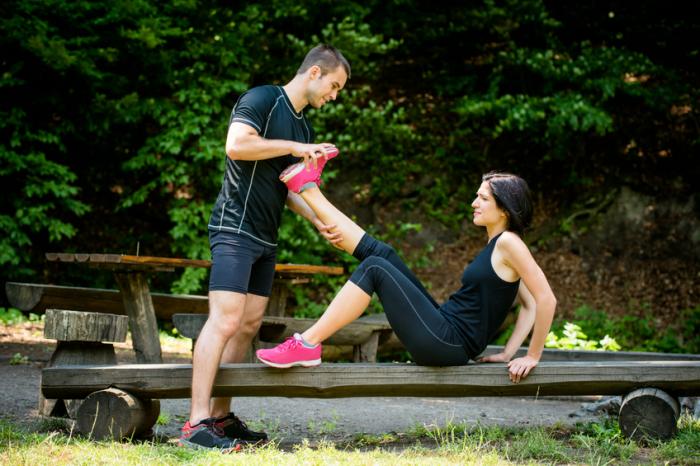
Muscle stretching is important for reducing the risk of muscle cramps.
The three courses of action that could be taken with a doctor’s help broadly involve:
- Removing or managing any causes of muscle cramps
- Diagnosing and treating any related medical problems
- Prevention advice
Prevention advice includes avoiding risk factors, and:
- Leaving time between eating and exercising
- Gently stretching muscles before exercise
- Having some fluid and a little food after exercise, to replace the amount of fluid and minerals lost
Treatment of muscle cramps is about preventing and managing them with self-care, as there is no evidence that any drug treatments work. Magnesium supplements are not proven to work.
The self-care options that can be tried are not scientifically proven to treat muscle cramps. They should be harmless, though, and people may report that they help. It might be worth trying muscle stretching and massage and relaxation techniques alongside prevention and medical advice.
Other options have been investigated but have lacked scientific results. They might not help with a muscle cramp problem but might have a wider benefit. These include:
- Footwear changes
- Weight loss and physical exercise
- Not overdoing it physically
- Heat therapy
- Lifestyle factors such as sleep changes
When a muscle is cramping, people should gently stretch out the muscle. For calf cramp in the back of the lower leg, this means pulling the toes and the foot upward to the front of the leg.
Why are muscle cramps called charley horses?
It is likely that using “charley horse” to describe a muscle cramp comes from informal American sporting talk dating back to the 1880s.
One historian online refers to a baseball player who was talking about a lame horse. It is one possible reason why the name has stuck for baseball in particular. Horses helped with groundskeeper jobs that today rely on machinery.
Another story, said to have been found by the American Dialect Society, was in a 1907 edition of the Washington Post. The term was apparently used for a baseball pitcher called Charley who had muscle cramps during games in 1880.
Yet another phrase researcher mentions other reports from that time some 120 years ago – one was in The Fort Wayne Gazette, for example. Again, it was about baseball.
Apart from the history, baseball has no special relevance to the medical explanation. Through history, muscle cramps have been simply nicknamed charley horses in the United States.


